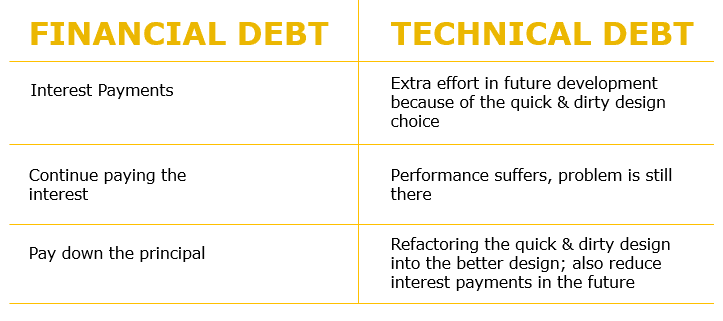Debt is a financial obligation that requires one party, the debtor, to pay back another party, the creditor, a sum of money or other agreed upon form of compensation. Incurring debt can be a necessary and useful tool in managing one's finances, but it can also be a risky and potentially harmful undertaking if not managed properly. In this essay, we will explore the various types of debt, the potential benefits and drawbacks of incurring debt, and strategies for managing debt effectively.
There are several types of debt that an individual or organization may incur. The most common types of debt include secured debt, unsecured debt, and revolving debt. Secured debt is a type of debt that is backed by collateral, such as a mortgage on a home or a car loan. If the debtor fails to make their payments, the creditor has the right to seize the collateral to recoup their losses. Unsecured debt, on the other hand, is not backed by collateral and includes loans such as credit card debt or personal loans. Revolving debt is a type of unsecured debt that allows the borrower to borrow and repay money up to a certain credit limit, with the balance carried over from month to month.
There are potential benefits to incurring debt, such as the ability to make larger purchases or investments that may not be possible with one's current financial resources. Debt can also be a useful tool for managing cash flow, allowing individuals or organizations to smooth out their expenses over time. For example, a student may incur student loan debt in order to finance their education, with the expectation that their future earning potential will be sufficient to repay the debt. Similarly, a small business may incur debt in order to finance the expansion of their operations or purchase necessary equipment.
However, incurring debt also carries inherent risks and drawbacks. The most obvious risk is the potential for default, where the debtor is unable to make their required payments. This can result in severe financial consequences for the debtor, including damage to their credit score and the potential for legal action. Even if the debtor is able to make their payments on time, the cost of debt in the form of interest and other fees can significantly increase the overall cost of the borrowed amount.
Effective debt management is key to minimizing the risks and maximizing the potential benefits of incurring debt. This involves making informed decisions about the types and amounts of debt to incur, as well as developing a plan for repaying the debt in a timely and responsible manner. This may involve creating a budget to track one's income and expenses, setting financial goals, and seeking the advice of financial professionals when needed. It is also important to stay informed about the terms and conditions of one's debts, including the interest rates and repayment schedules, in order to make informed decisions about how to manage them.
In conclusion, incurring debt can be a useful tool for managing one's finances and making larger purchases or investments. However, it is important to carefully consider the potential risks and drawbacks of debt and to develop a plan for managing it effectively. By making informed decisions and being responsible with one's debts, it is possible to use debt as a means to achieve financial stability and success.







